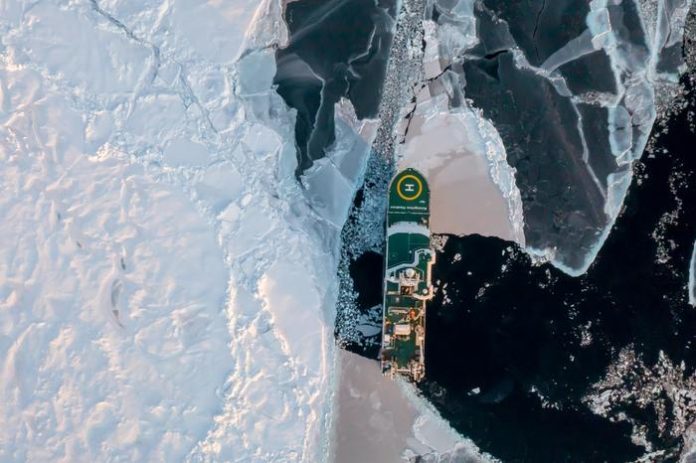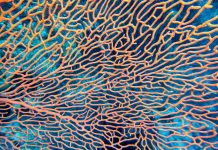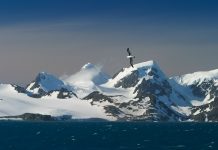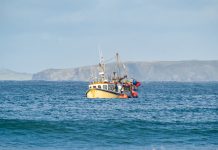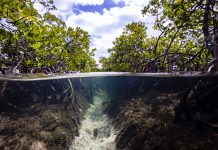A landmark expedition sets sail today, August 15, 2025, from UiT, The Arctic University of Norway. The “Into The Blue” team will collect geological archives, revealing how the Arctic’s past “warmer-than-present” conditions shed light on our climate future
A new scientific expedition is set to sail into the heart of the Arctic Ocean to unearth secrets from our planet’s distant past. The i2B “Into The Blue” Arctic Ocean Expedition 2025, launching on August 16, will bring together a team of 25 international scientists aboard the Norwegian research vessel R/V Kronprins Haakon.
The mission is to collect geological records that will provide a crucial window into the Arctic’s climate during past “warmer-than-present-day” periods, specifically around 130,000 and 400,000 years ago. Funded by a European Research Council Synergy Grant, this research aims to answer some of the most pressing questions about the future of our climate.
Why the Arctic’s past matters for our future
As global temperatures rise, the Arctic is changing at an unprecedented pace. The summer sea ice is melting earlier and lasting for a shorter duration each year, with projections indicating a completely sea-ice-free Arctic summer before 2050. These dramatic shifts raise critical questions about the global impacts of an ice-free Arctic, including the potential for marine heatwaves, ecosystem shifts, and altered weather patterns.
The i2B project will address these concerns by examining how the Arctic transitioned to a “blue ocean” state in past warm climates. By studying these geological archives, the scientists hope to determine if past conditions can serve as a predictor for our future, and whether we are approaching a climate tipping point.
The expedition’s scientific mission
The expedition team, co-led by Jochen Knies and Stijn De Schepper, will collect high-resolution sediment cores from the seafloor at multiple locations. These cores contain a wealth of information, from fossilized microorganisms to chemical fingerprints, that can be used to reconstruct temperature, sea ice conditions, and ocean circulation.
By meticulously analysing this data and comparing it with modern observations, the researchers will gain a deeper understanding of the complex processes that govern the Arctic climate system. The findings will be used to validate and refine numerical climate models, providing a more accurate picture of what an ice-free Arctic means for the environment and for human society.
This collaborative project brings together leading institutions, including UiT The Arctic University of Norway, the Alfred Wegener Institute (AWI) in Germany, NORCE Climate and Environment, and the University of Bergen.

